Fieldwork
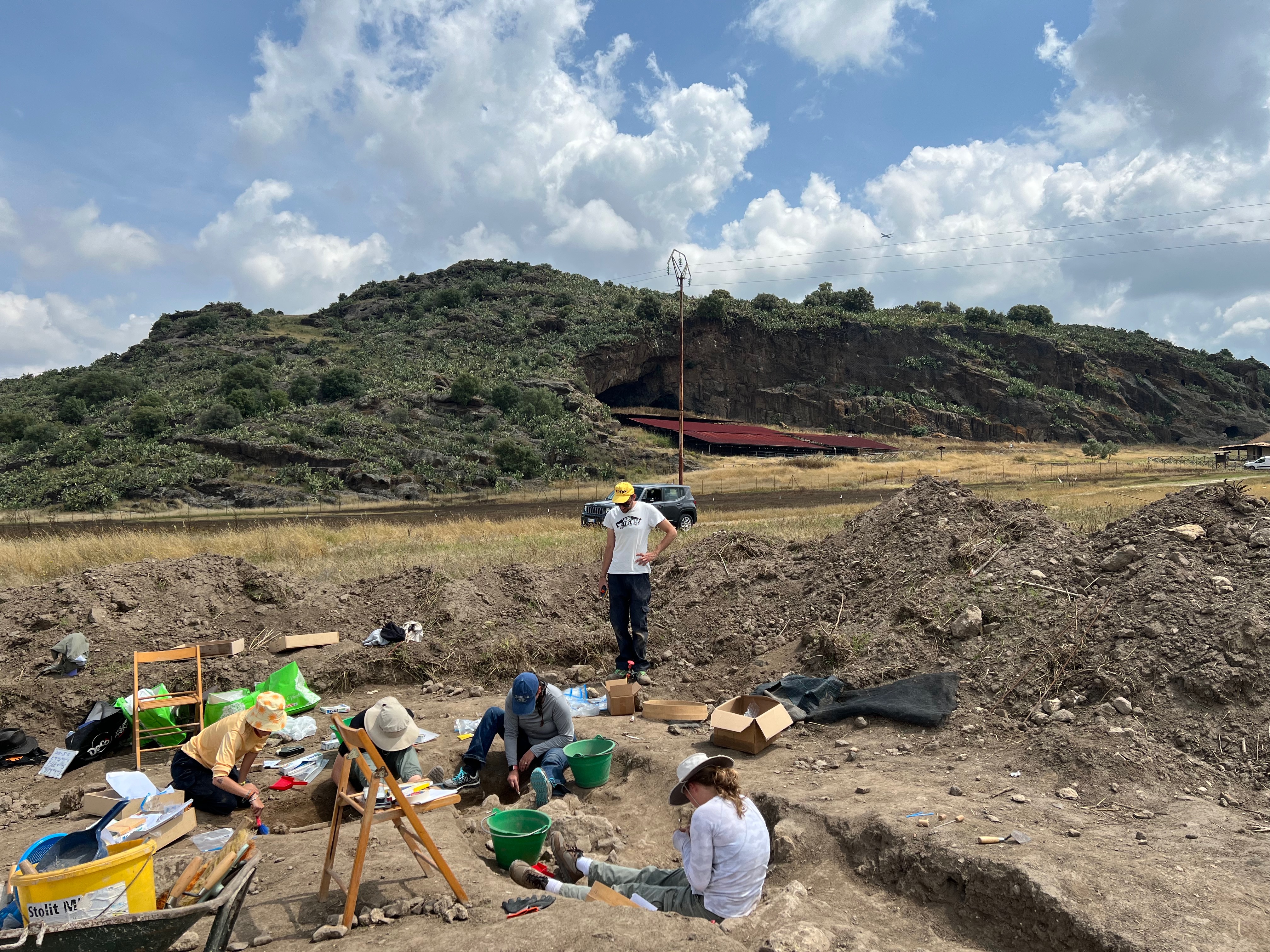
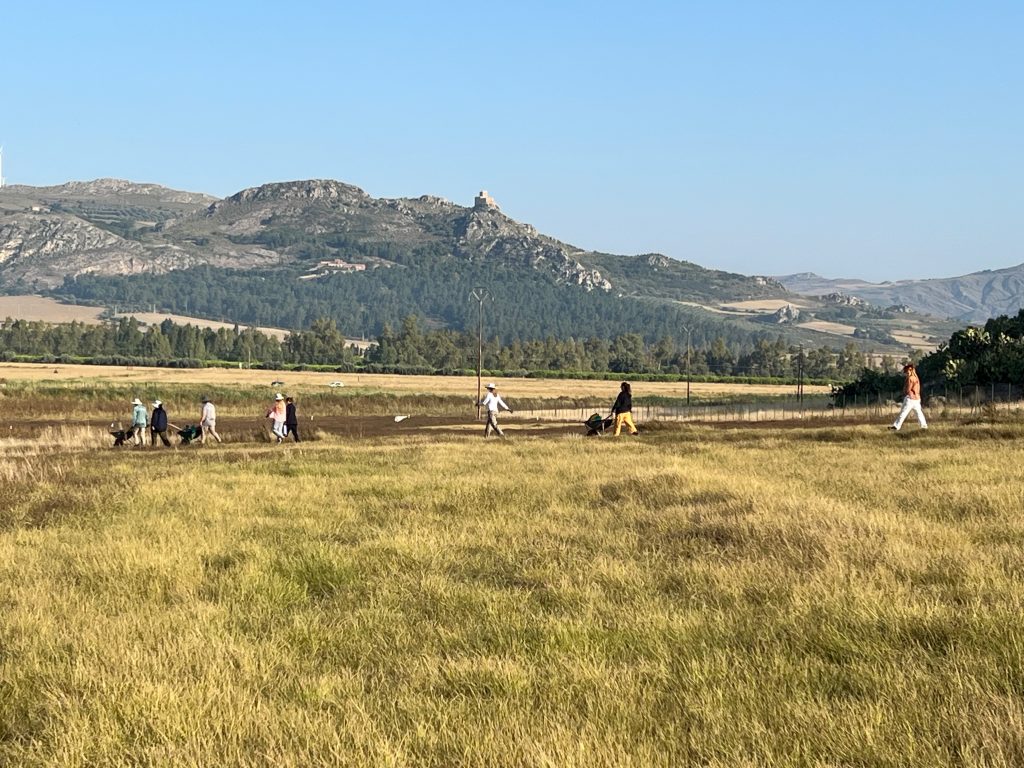
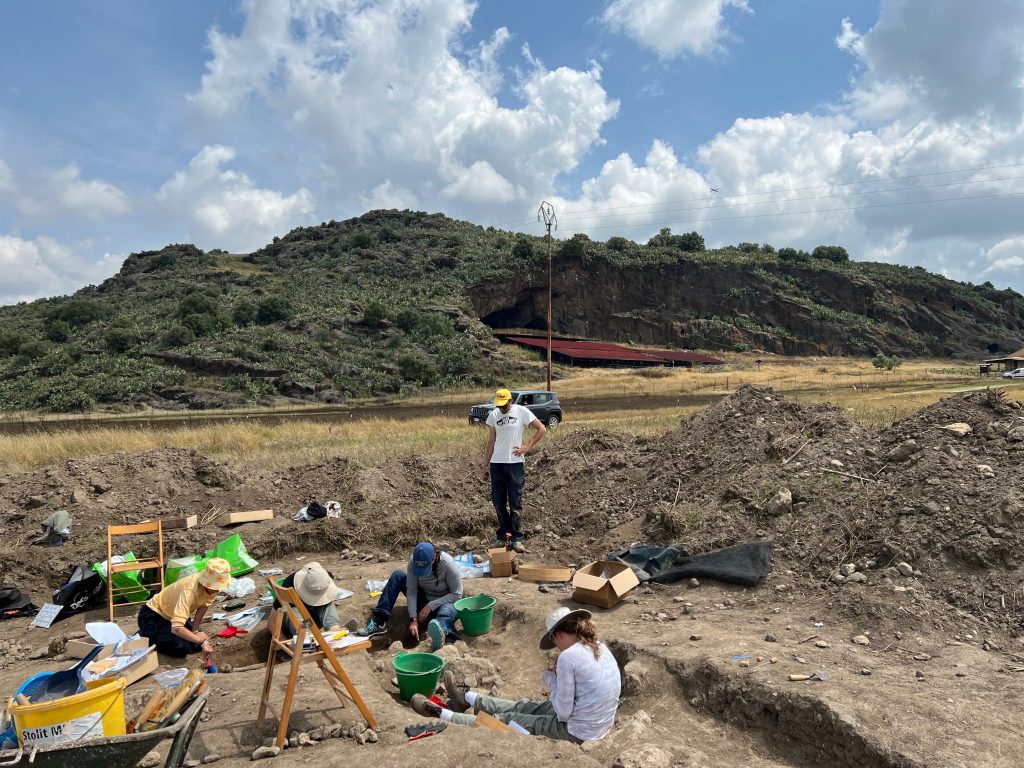

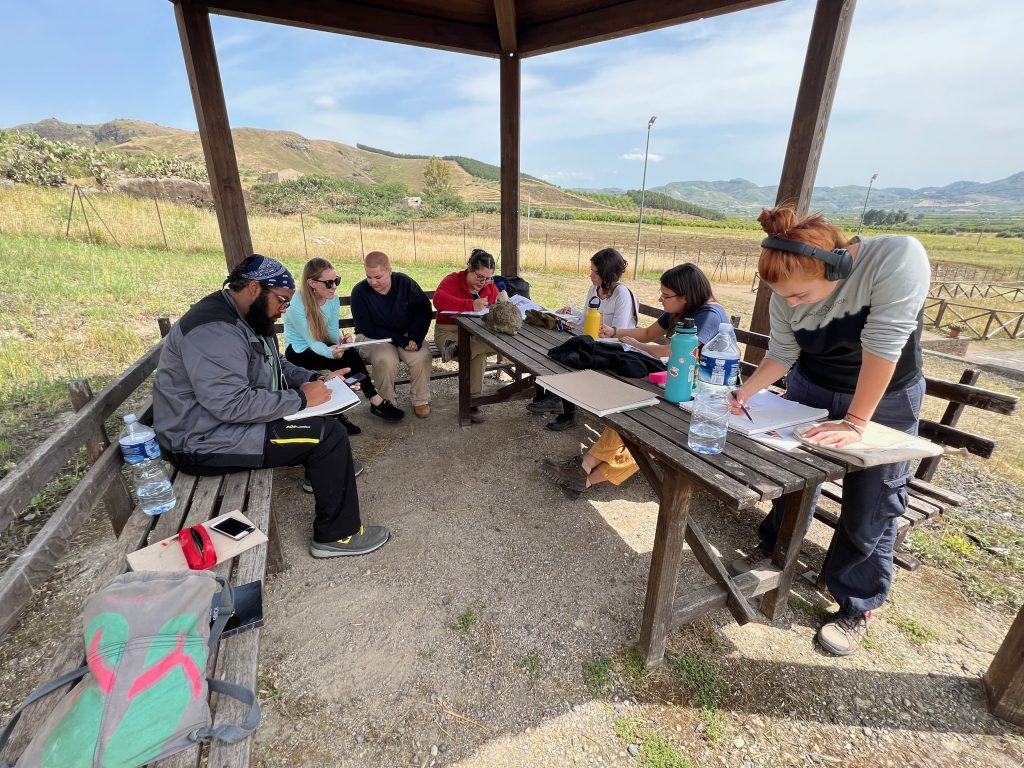
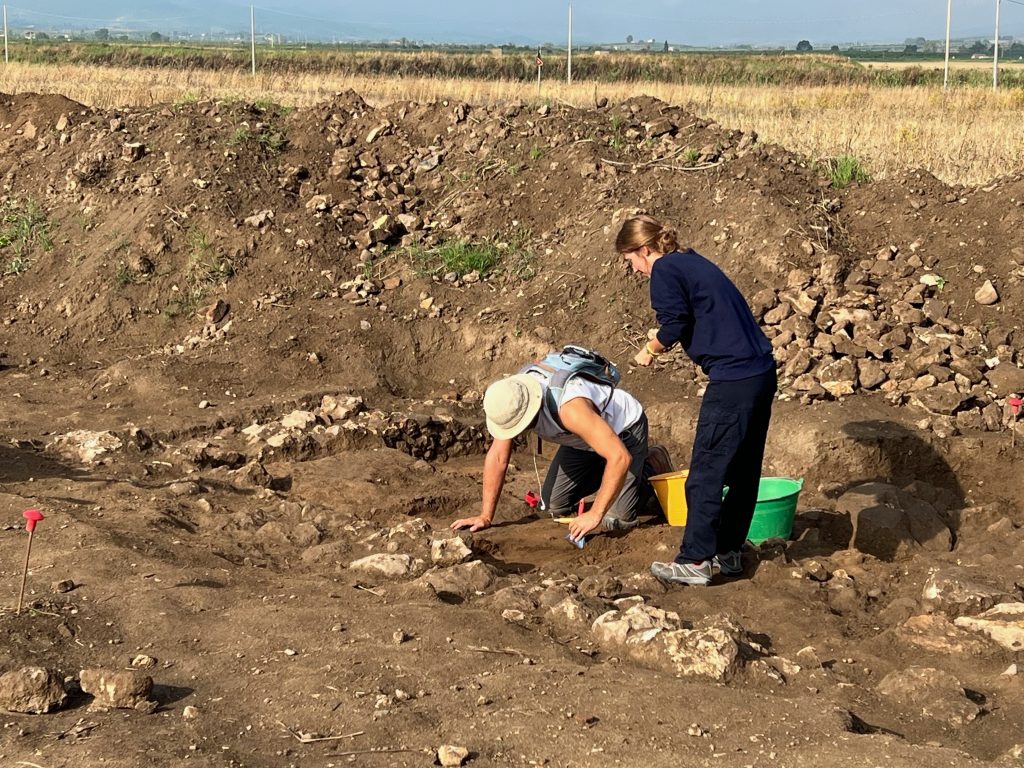
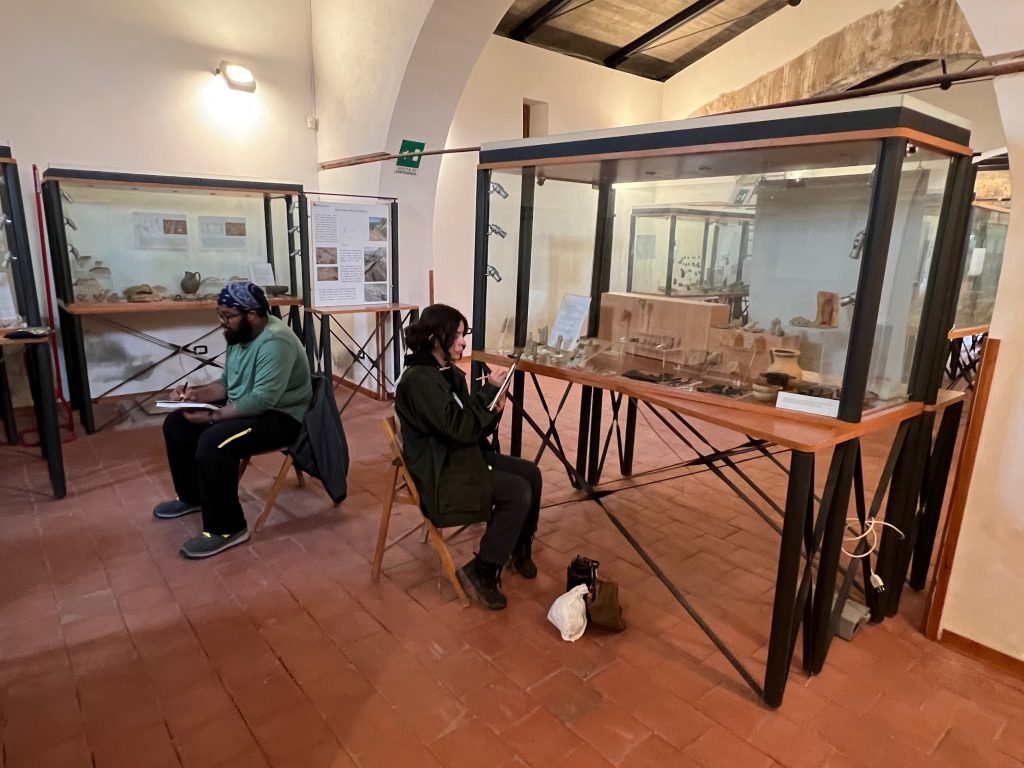
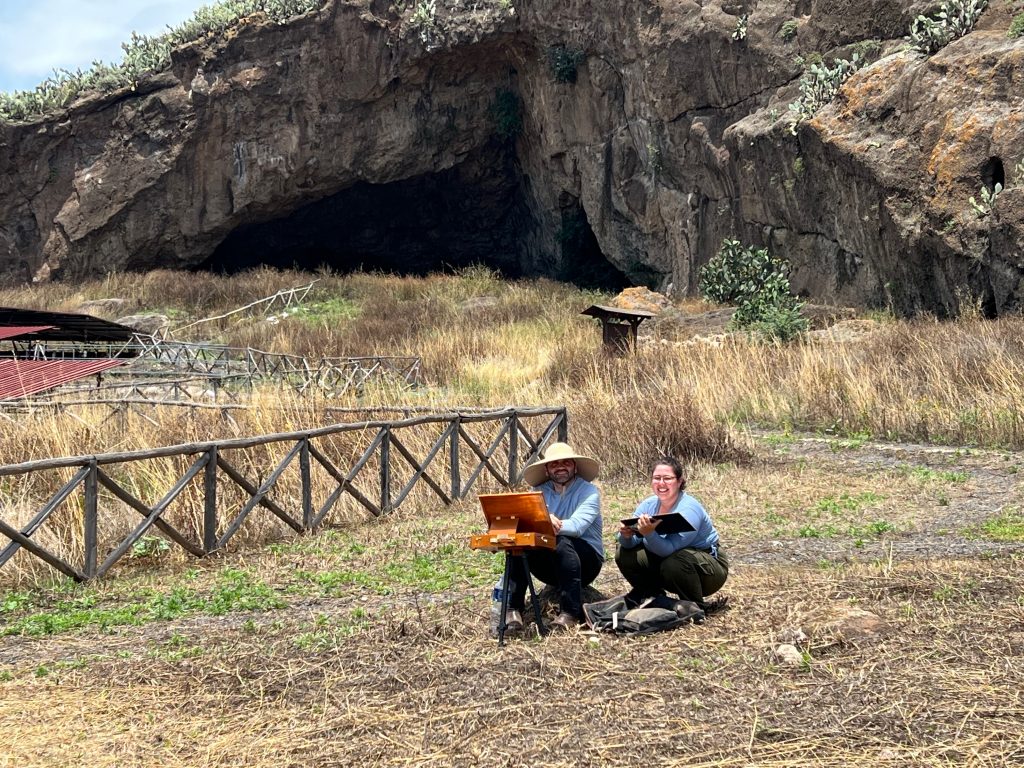
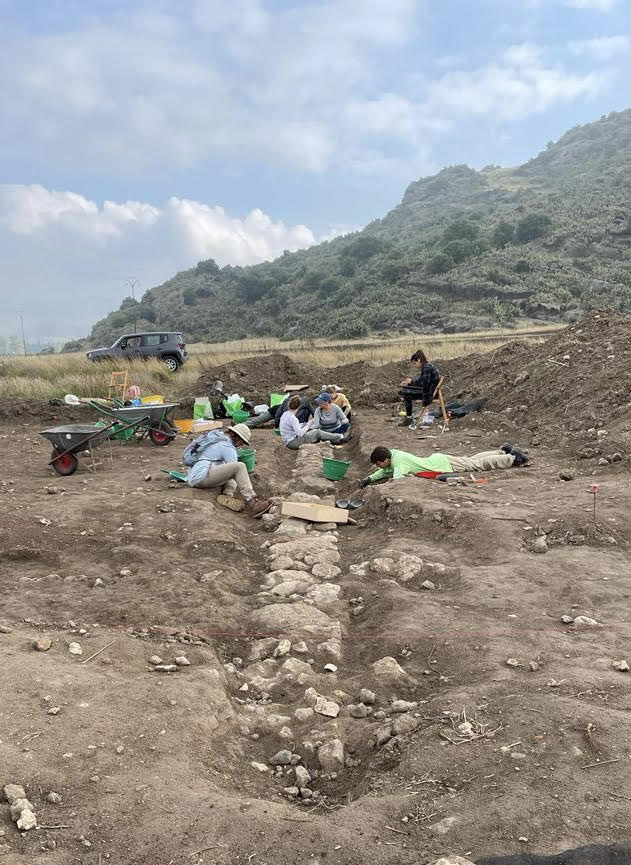
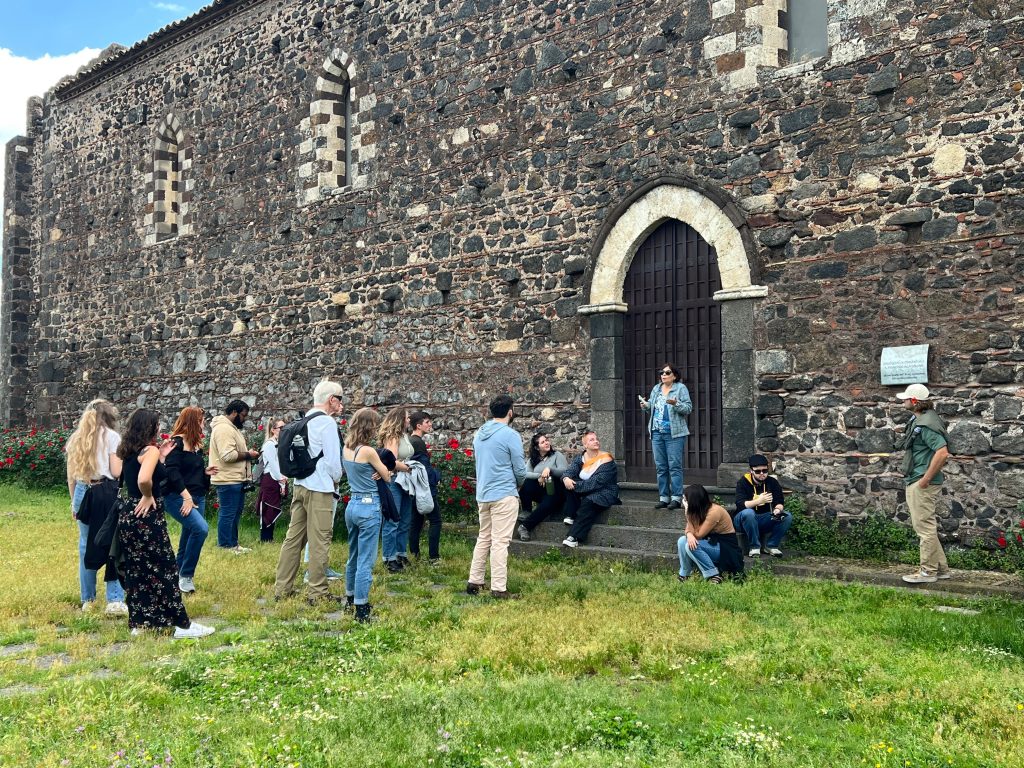
Location: 8MJW+RX Mineo, Metropolitan city of Catania, Italy
Season: May 12, 2024 to June 16, 2024
Session Dates: May 12, 2024 - June 16, 2024
Application Deadline: April 1, 2024
Deadline Type: Exact Date
Website: https://www.fau.edu/global/goabroad/faculty-led-programs/2024/catania-italy-page/index.php
Discount for AIA members: No
Program Type:
Field School
RPA Certified:
No
Affiliation:
Florida Atlantic University
Project Director:
Prof. Brian E. McConnell, Ph.D., RPA
Project Description:
The project is a long-term collaboration between Florida Atlantic University and the Assessorato per I Beni Culturali ed Ambientali of the Sicilian Regional government. The site, Rocchicella di Mineo was the location of the most important sanctuary of Sicily’s indigenous, Sikel peoples — the Sanctuary of the Divine Palikoi — with monumental architecture of the Archaic, Classical, and Hellenistic periods. The full occupation sequence runs from the Mesolithic period through the Middle Ages with a significant Byzantine component. Attention has been given to the contextualization of two stoai, a hestiaterion, and a temple and their overall relation to ritual described in ancient literary sources (Diodorus Siculus, Vergil, and others). The focus of the Summer 2024 season will be on: 1) an industrial/workshop area with several kilns, 2) antecedents to the Classical Hestiaterion in the area of a large grotto, and 3) beginning and advanced illustration for scientific and aesthetic goals. The program lasts five weeks, and first-time students receive training in all aspects of the excavation and basic documentary and find registration processes, as well as a survey of Sicilian cultural history and cultural resource management; advanced students may be given focused projects on specific field situations or finds.
Period(s) of Occupation: The sequence of occupation demonstrates surprising continuity from the Mesolithic period through the Middle Ages. Significant open-air and rock-cut structures of the Copper and Bronze Ages precede the creation of the first 'monumentalization', or construction period for buildings related to the sanctuary in the 7th century B.C.E. A major revision of the sanctuary in the area in front of the grotto occurs in the mid-5th century B.C.E., and over time there are major modifications to this new arrangement of structures. The sanctuary seems to function as such through the early Roman Empire, while the site seems to be transformed into a farming complex by the time of, say, the Villa del Casale at Piazza Armerina, in the late 3rd century C.E. A new, multi-phased settlement is established in the 6th and 7th centuries C.E. in connection with the Byzantine presence in Sicily, and there are remains of Sicily's later Arab phase.
Notes:
The field excavation takes place within the activities of a five-day-per-week study abroad program: four days per week at the site with the fifth day for classroom activities or trips to significant sites and museums elsewhere in the region (this year, including Syracuse with a performance in the ancient theater and Caltagirone). Weekday evenings, weekends, and a three-day break around the June 2nd Italian National Holiday are free to tailor the experience to one's choosing. Students live in the heart of Catania, which is a major university and commercial center with transportation to the site and all program locations provided. While students are encouraged to speak Italian, it is quite possible to function comfortably in Sicily solely with English or even other languages. Participation in the program requires enrollment in FAU courses.
Project Size: 1-24 participants
Minimum Length of Stay for Volunteers: Five weeks
Minimum Age: One year of college-level course-work
Experience Required: No specific experience is required, in order to participate. Basic concepts and activities of archaeological fieldwork, laboratory processing, and field documentation, as well as Sicilian cultural history, and fundamental concepts of cultural resource protection and management are taught during the program. Advanced students, who have completed the basic coursework in previous seasons can register for other course-formatted activities, including specific research projects.
Room and Board Arrangements:
The basic program fee, $4370, covers room, transportation to all program locations, group meals, and several other university fees, including insurance. The cost of personal transportation to non-program locations, food while not on program activities, and sundries while on the program are the responsibility of the student.
Academic Credit:
It is necessary to enroll for FAU credit, in order to participate in this program. One does not have to register for an FAU degree. The basic course (ARH4957) is four-credits, which are charged on an in-state/out-of-state basis. It is possible to register for additional credits. Returning students need only register for a three-credit minimum. Please direct all inquiries to Program Director, Professor Brian E. McConnell (mcconnell@fau.edu).
Prof. Brian E. McConnell, Ph.D., RPA
Dept. Visual Arts & Art History, FAU, 777 Glades Road
Boca Raton
Florida
33431
U.S.A.
Phone: (561) 297-3870
Fax: 5612973078
The AIA is North America's largest and oldest nonprofit organization dedicated to archaeology. The Institute advances awareness, education, fieldwork, preservation, publication, and research of archaeological sites and cultural heritage throughout the world. Your contribution makes a difference.